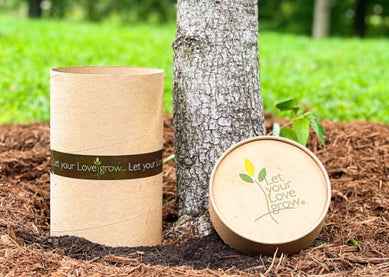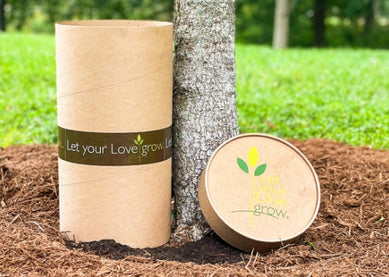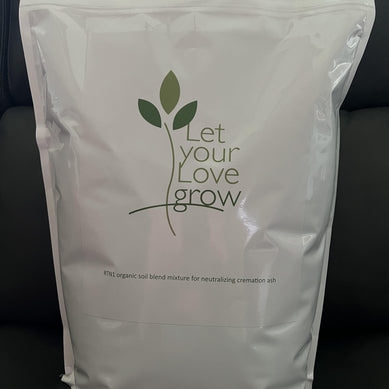Various Shades of Green
These days, it’s easy to walk into a store and see hundreds of “green” products lining the shelves. Everything from water bottles to cleaning supplies to, yes, cremation and burial methods now carries some kind of badge or logo indicating that they are eco-friendly. However, dig a little deeper and you’ll see there’s a wide spectrum of what that means.
Not All Green Products Are Equal
As it turns out, there’s no legal designation for “green” status. Sure, some products are more eco-friendly than others, but the lack of regulation creates confusion for consumers. In fact, many people are shocked to learn just how harmful their favorite green products are for the environment. An everyday water bottle may claim to be eco-friendly on its label, but look closer and you may see your local recycling center won’t accept its type of plastic, forcing you to place it into a landfill.
The Spectrum of Green Burial
Green burial is an increasingly important topic as we move toward a more environmentally conscious society. But just like products you buy in a store, there’s a wide range of how each burial practice will affect the environment over time. Here are some examples of varying degrees of green burial.
Dark Green: Specialty Cemeteries
Some specialty cemeteries have embarked on a mission to be as environmentally friendly as possible. The Woodland Burial Company n the United Kingdom and Memorial Ecosystems in the United States are two examples. Located in the natural countryside, the cemeteries are designed to expend little to no carbon while preserving the grounds’ natural beauty. For example:
- Each grave is dug by hand
- Graves are marked with memorial tree plantings
- Cremated remains are blended with Let Your Love Grow and placed into the earth
- The Woodland Burial Company places a body directly into the soil along with Let Your Love Grow to facilitate more eco-friendly decomposition
Medium Green: Mixed-Use Cemeteries
Many traditional cemeteries now offer a “green” option. Although the exact process varies from one cemetery to the next, it’s quite likely that their green burials may come at some expense to the environment. For example:
- The grave could be dug by a backhoe
- The grave may be marked by a granite headstone
- The grounds may be carefully manicured by machinery and irrigation systems
- Nothing is added to the soil to help the cremated remains or body decompose more organically
Light Green: Biodegradable Urns
Biodegradable urns are commonly listed as eco-friendly, but that’s not entirely accurate. Although the urns will break down in the soil over time, the ashes inside then become exposed to the environment. The ashes will eventually harden into something resembling concrete, disrupting the surrounding plant life and causing long-term harm to the environment. The urns may be considered “green” in their design, but they aren’t so eco-friendly in their usage.
The Scientific Truth
When it comes to 100% green burial, we simply don’t have all the answers yet. Cremation is generally considered to be a final disposition of the body, but it doesn’t end there. Burial of the ashes is the true final disposition, and too often we bury our loved ones without considering the environmental impact they’ll leave behind.
As we know, cremated ashes are primarily composed of bone matter, which doesn’t decompose naturally and causes harm to the environment when placed directly into the earth. Currently, Let Your Love Grow is the only product that will organically disperse the bone, allowing it to break down without contaminating the environment.
Conclusion
As Kermit the Frog said: “It ain’t easy being green.” There’s a lot to love about people wanting to care for our environment, but we know some things aren’t really as eco-friendly as they seem. That’s why we focus on creating products, like Let Your Love Grow, that are proven by science to nurture Mother Earth and give life back to her for years to come.







